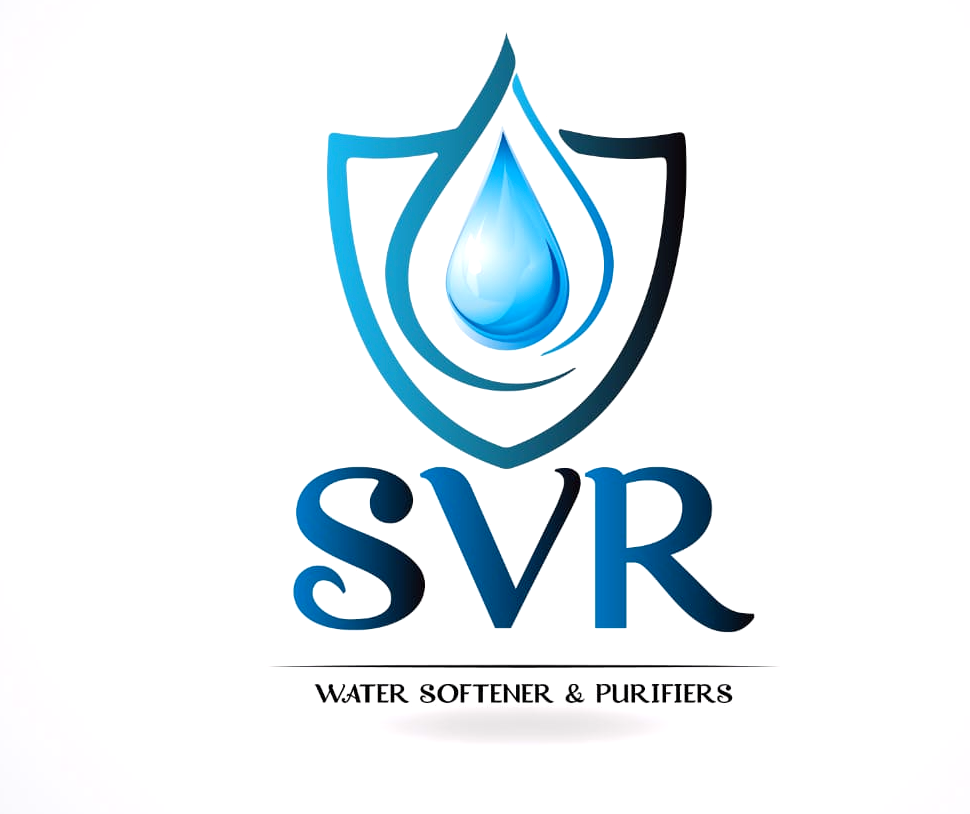Fluoride occurrences, health problems, detection, and remediation methods for drinking water: A comprehensive review
Fluoride contamination has become a considerable threat to our society worldwide. Fluoride in drinking water is primarily due to rich fluoride soil, volcanic activity, forage, grasses and grains, and anthropogenic reasons. World Health Organization has regulated the upper limit for fluoride in drinking water to be 1.5 mg/L while different countries have set their standards according to their circumstances. Excess amounts of fluoride ions in drinking water can cause dental fluorosis, skeletal fluorosis, arthritis, bone damage, osteoporosis, muscular damage, fatigue, joint-related problems, and chronicle issues.
In extreme conditions, it could adversely damage the heart, arteries, kidney, liver, endocrine glands, neuron system, and several other delicate parts of a living organism, briefed in the present article. Moreover, a comprehensive scenario for the situations in countries like, China, Canada, Mexico, United States, Yemen, Pakistan, Saudi Arabia, South Korea, Sri Lanka, Indonesia, Iran, Turkey, Australia, and India affected with high fluoride levels in ground water has been described. To analyze the presence of fluoride molecule, out of different detections methods, ion selective and colorimetric method has been adopted for real situation in the field of water application. Also, different methods to remove fluoride from water like reverse osmosis, nano filtration, adsorption, ion-exchange, and precipitation/coagulation with their removal mechanism were highlighted in the review. Moreover, the applicability of the approach with the prospect of country’s economic status has been discussed, due to high cost and maintenance the membrane technology is not popular in developing countries like India, Senegal, Tanzania, and Kenya which employ adsorption and coagulation-precipitation for fluoride removal. It is noticeable from literature study that different approaches show unique potential for defluoridation. Some key parameters and mechanistic adaptations which could pave the defluoridation methods to newer horizons have been put forward.
Pure Water is Necessity
Shikha Asthana.– CEO





Leave a comment
Your email address will not be published. Required fields are marked *